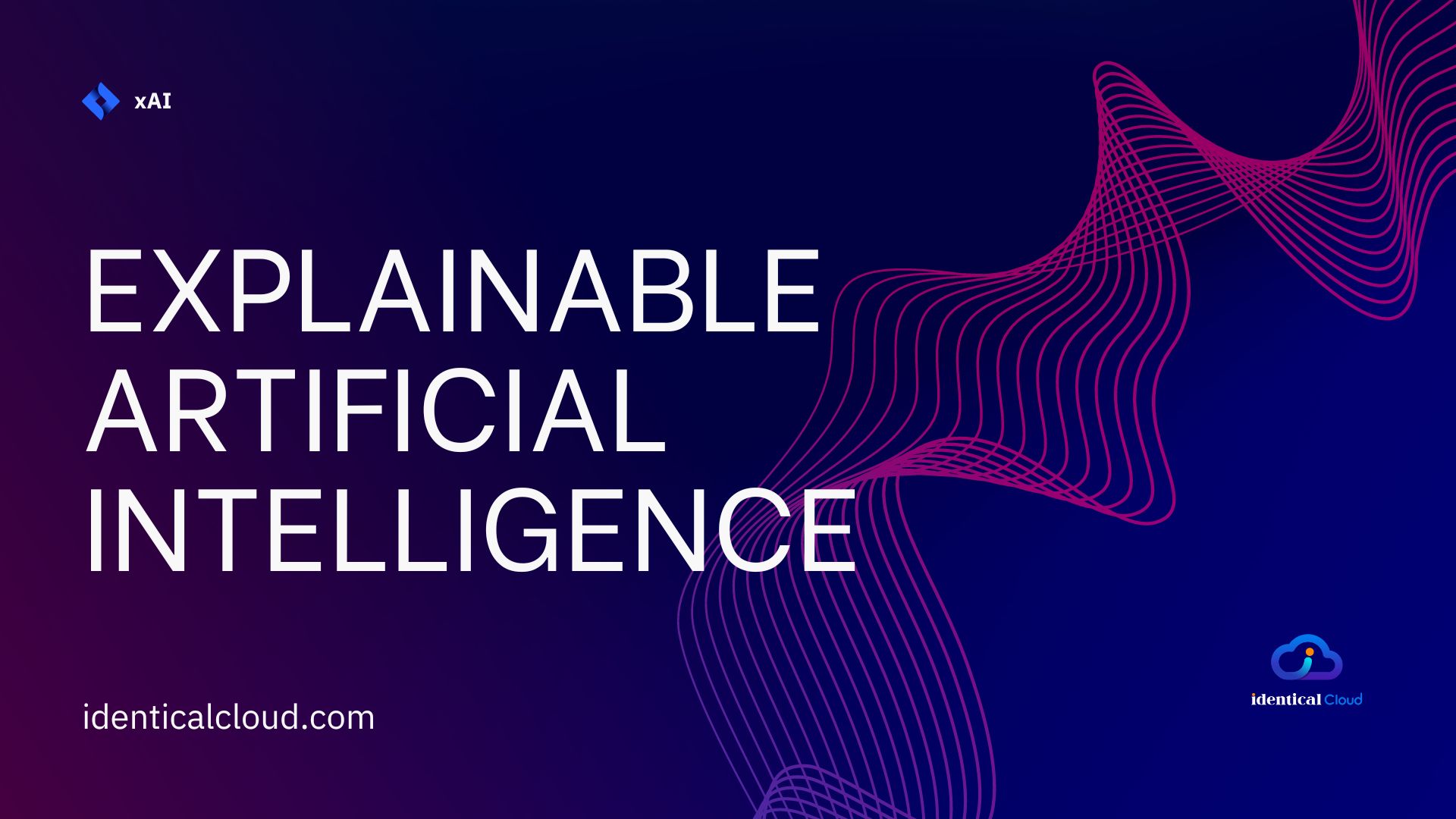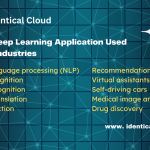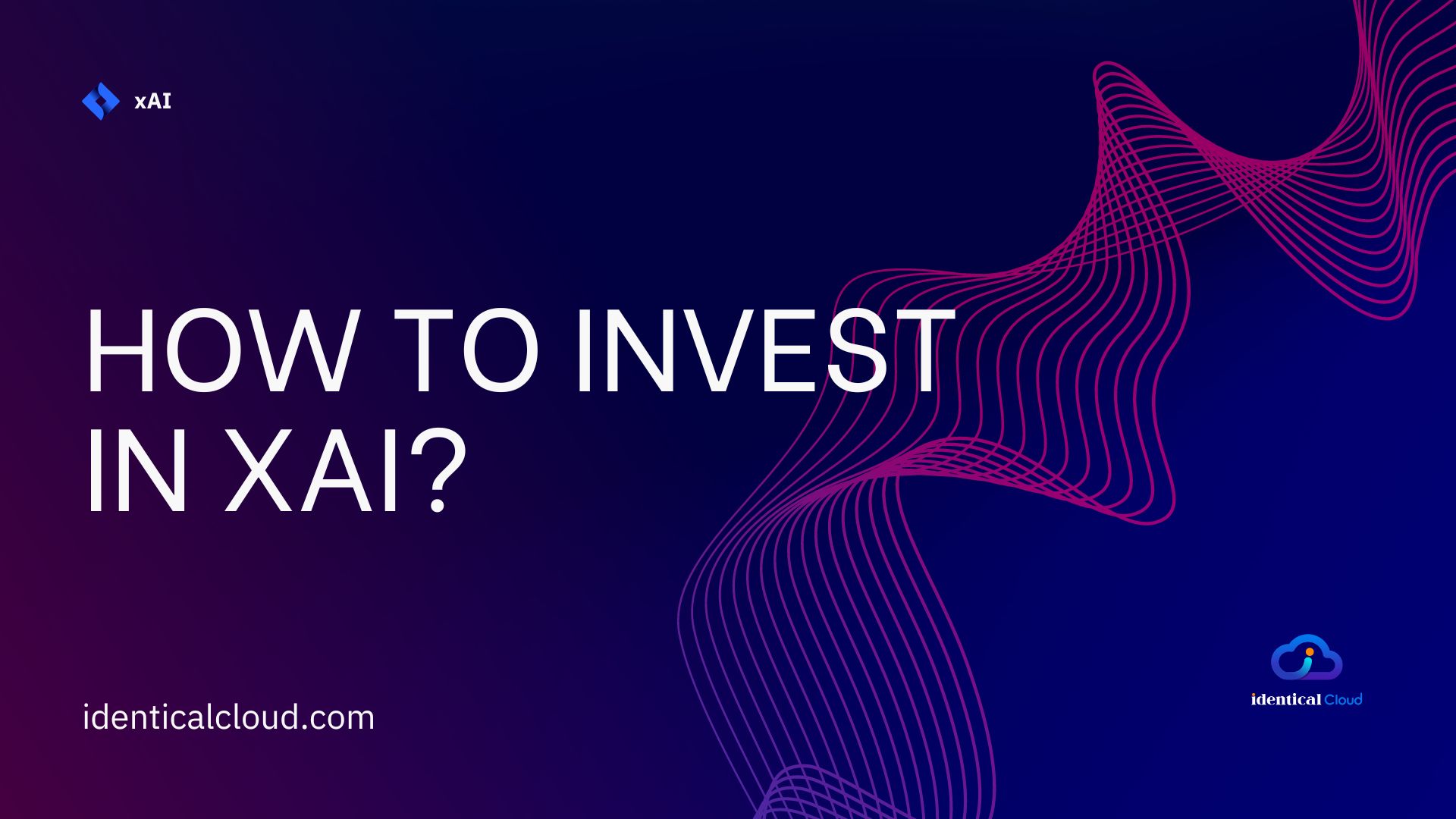
What is Explainable Artificial Intelligence (XAI)?
What is Explainable Artificial Intelligence (XAI)?
Artificial intelligence (AI) is rapidly becoming a part of our everyday lives. From self-driving cars to medical diagnosis, AI is being used to make decisions that have a significant impact on our lives. However, one of the challenges of AI is that it can be difficult to understand how AI systems make their decisions. This is where explainable artificial intelligence (XAI) comes in.
XAI is a field of research that seeks to make AI systems more transparent and understandable. By explaining how AI systems make their decisions, XAI can help us to trust these systems and to use them more effectively.
There are a number of different approaches to XAI. One approach is to develop methods for visualizing the decision-making process of an AI system. This can help us to see how the system is using the data to make its decisions. Another approach is to develop methods for explaining the rationale behind the system’s decisions. This can help us to understand why the system made the decision it did.
XAI is a rapidly growing field of research, and there is still much work to be done. However, the potential benefits of XAI are significant. By making AI systems more transparent and understandable, XAI can help us to build trust in these systems and to use them more effectively.
Here are some of the benefits of XAI:
- Trust: XAI can help to build trust in AI systems by making it clear how these systems make their decisions. This is important because people are more likely to trust systems that they understand.
- Effectiveness: XAI can help to make AI systems more effective by identifying and addressing potential biases in these systems. This can lead to better decision-making and improved outcomes.
- Compliance: XAI can help to ensure that AI systems comply with regulations. For example, XAI can be used to explain how AI systems make decisions about people’s credit scores or employment prospects.
Challenges of XAI
Despite the potential benefits of XAI, there are some challenges that need to be addressed. One challenge is that XAI can be complex and time-consuming. Developing XAI methods that are both accurate and understandable can be difficult.
Another challenge is that XAI can be limited by the data that is available. If the data that is used to train an AI system is not representative of the real world, then the XAI methods that are developed may not be accurate.
The Future of XAI
The future of XAI is bright. As AI systems become more complex, the need for XAI will become more pressing. XAI has the potential to make AI systems more transparent, understandable, and effective. This will lead to increased trust in AI systems and improved outcomes for people.
Considerations for explainable xAI
There are a number of different considerations for XAI, including:
- The purpose of the explanation: What is the goal of the explanation? Is it to help users understand how the AI system works? To identify potential biases in the system? To comply with regulations?
- The target audience: Who is the explanation for? Technical users? Non-technical users?
- The level of detail: How detailed should the explanation be? Should it be a high-level overview or a detailed breakdown of the decision-making process?
- The format of the explanation: How should the explanation be presented? Text? Visualizations?
- The accuracy of the explanation: How accurate should the explanation be? Is it important to explain every detail of the decision-making process, or is it more important to provide a general understanding?
- The fairness of the explanation: Is the explanation fair and unbiased? Does it avoid attributing decisions to protected characteristics, such as race or gender?
- The complexity of the AI system: The complexity of the AI system will affect the difficulty of developing an XAI system. More complex systems will require more complex XAI methods.
- The availability of data: The availability of data will also affect the development of XAI systems. If the data that is used to train the AI system is not available, then it will be difficult to develop an XAI system that is accurate.
- The cost of developing and maintaining XAI systems: The cost of developing and maintaining XAI systems will also need to be considered. XAI systems can be complex and time-consuming to develop, and they may require ongoing maintenance.
Despite the challenges, XAI is a promising field of research with the potential to make AI systems more transparent and understandable. As AI systems become more complex, the need for XAI will become more pressing. XAI has the potential to make AI systems more trustworthy and effective, which will lead to improved outcomes for people.
I hope this blog post has given you a better understanding of what XAI is and why it is important. If you are interested in learning more about XAI, there are a number of resources available online.









